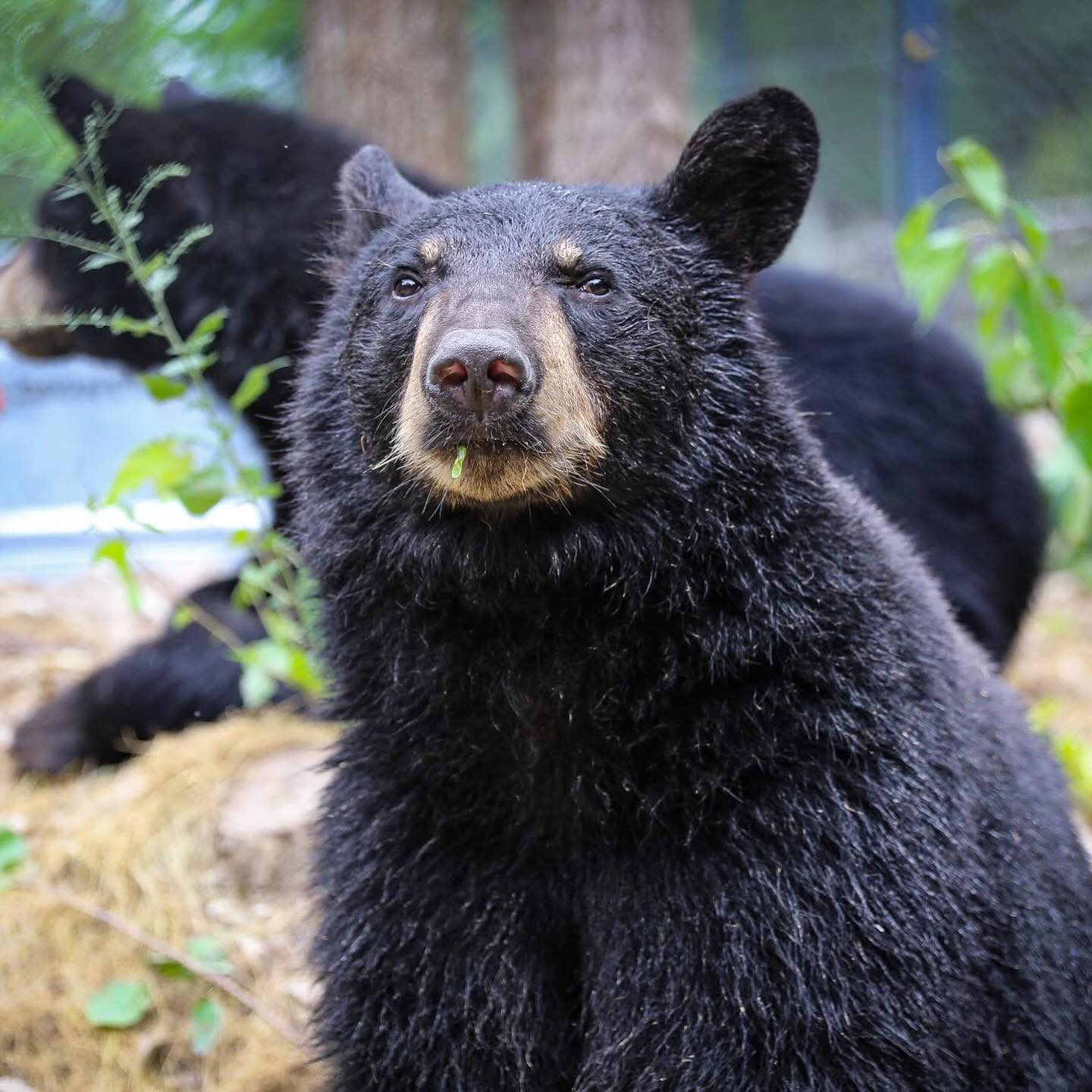- Introduction to Spruce and Birch’s Journey
- American Black Bears: Biology and Behavior
- Conservation Efforts and Rehabilitating Orphaned Bears
- The Role of Modern Zoos in Wildlife Preservation
- Observing Spruce, Birch, and Licorice at Wildlife Safari Park
Spruce and Birch, two American black bears, are celebrating their one-year anniversary at Wildlife Safari Park, capturing the attention and hearts of visitors and conservationists alike. Their journey from the wilds of Alaska to a thriving home at the park is both captivating and educational, shedding light on the importance of wildlife preservation and the roles that modern zoos play today.
In 2023, at only 1 ½ years old, these bears faced an uncertain future in the Alaskan wilderness. Orphaned and vulnerable, Spruce and Birch’s future took a positive turn thanks to the intervention of the Alaska Department of Fish and Game. By May 2024, they had found a safe haven at Wildlife Safari Park, weighing merely 75 pounds each. Today, at two years old, they are healthy and thriving, each weighing around 200 pounds. By the age of three, they will reach full maturity, marking another milestone in their incredible journey.
American black bears, such as Spruce and Birch, are fascinating creatures. Scientifically known as Ursus americanus, black bears are native to North America and display a wide range of adaptability in terms of habitat. They can be found in forests, swamps, and even in regions close to human populations. Black bears are omnivorous, with diets that include berries, nuts, insects, and occasionally small mammals. Their adaptability in diet and habitat is one reason they have managed to survive in various environments, making them a critical species in biodiversity maintenance.
Understanding the behavior and biology of black bears is crucial for their conservation. Black bears are typically solitary animals except during mating season or when mothers are rearing cubs. They have an excellent sense of smell, which aids them in foraging. During hibernation, a period essential for their survival, they undergo physiological changes, reducing their metabolic rate significantly to conserve energy. This adaptation allows them to endure harsh winter conditions where food is scarce.
The story of Spruce and Birch highlights the importance of conservation efforts. Once orphaned, they are now thriving, thanks to organizations dedicated to the protection and rehabilitation of wildlife. Efforts to ensure the survival of orphaned or injured wildlife are critical components of conservation strategies worldwide. By providing care and rehabilitation, such programs play a pivotal role in returning animals to the wild or alternatively providing them with sanctuaries where they can live protected lives when reintroduction is not possible.
Modern zoos are evolving, with many embracing roles far beyond mere entertainment venues. They have become crucial centers for education, conservation, and scientific research. Wildlife Safari Park exemplifies this modern approach, offering a sanctuary for animals like Spruce and Birch. Through educational programs and active participation in global conservation efforts, zoos contribute significantly to the preservation of endangered species and biodiversity. They provide a safe space for research and a platform for raising public awareness about the importance of protecting wildlife.
Visitors to Wildlife Safari Park have the opportunity to observe Spruce, Birch, and their female companion, Licorice, daily from 9 a.m. to 5 p.m. at Bear Canyon. This encounter offers not only a chance to marvel at these magnificent creatures but also an educational experience. Observing these bears in a setting that closely mimics their natural habitat provides insight into their behavior and physical characteristics, enhancing public understanding and appreciation of wildlife.
Through storytelling and education, Spruce and Birch’s journey from the Alaskan wilderness to Wildlife Safari Park serves as a powerful example of the impacts human intervention can have on wildlife conservation. Their presence at the park is a reminder of the responsibility humanity holds in preserving the planet’s biodiversity. Engaging with stories like theirs encourages proactive stewardship of the natural world and underscores the importance of conservation initiatives across the globe.
*****
Source Description
Happy One Year!
Spruce and Birch are celebrating their one-year anniversary at Wildlife Safari Park! 🐻
In 2023, at 1 ½ years old, these American black bears were found orphaned in the Alaskan wilderness by the Alaska Department of Fish and Game. In May 2024, they made their way to the Safari Park, each weighing 75 pounds.
Now, one year later, these thriving two-year-olds tip the scale at 200 pounds and will be fully grown by three.
See the boys and Licorice, our female, at Bear Canyon from 9 a.m. – 5 p.m. daily!

